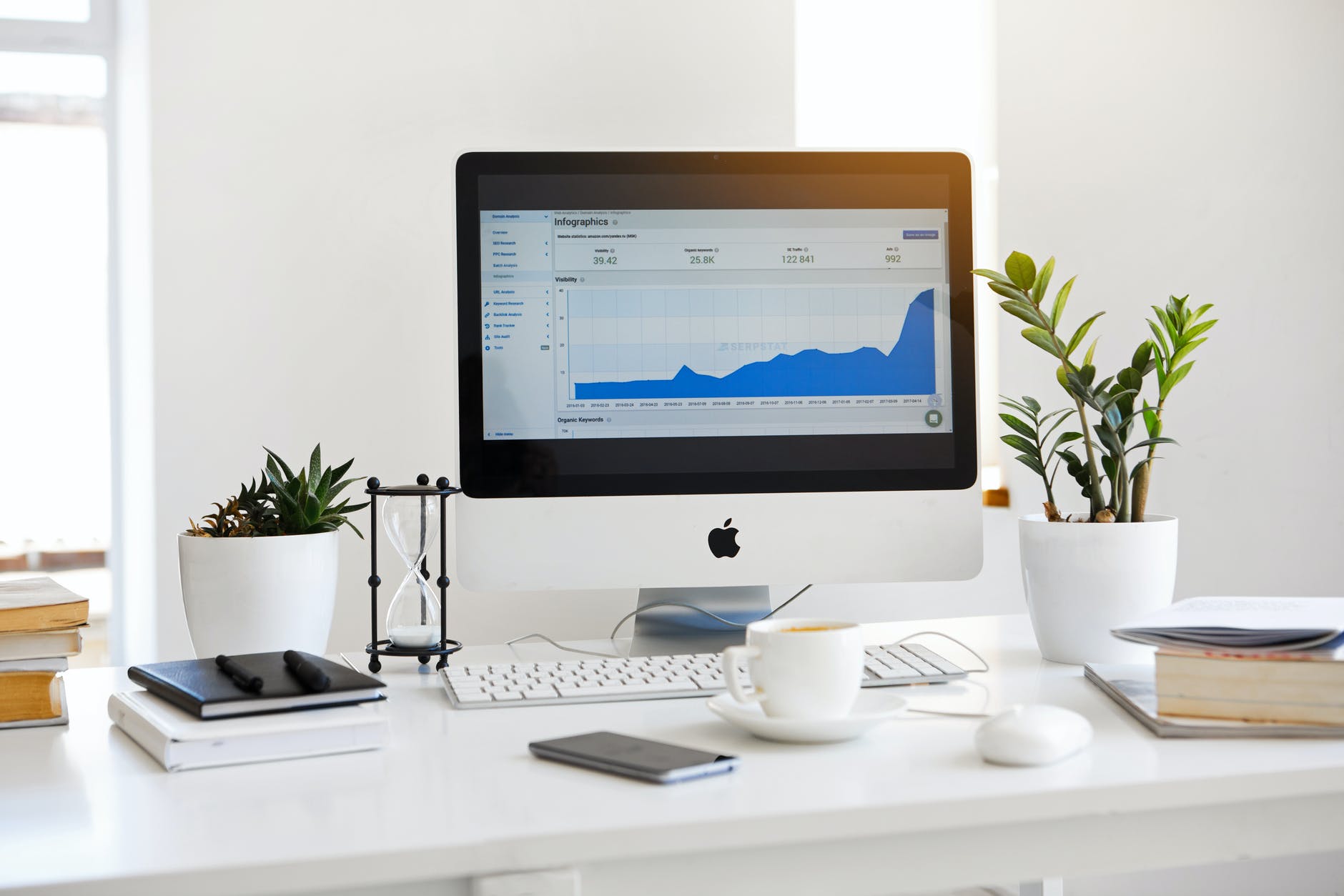By this point, you have finished understanding the main principles of finance tracking, created a simple form to capture your expenses on the go and generated a spreadsheet to store all your data. It’s time to create a beautiful dashboard to visualise your financial situation in a glimpse.
If you did not know already, a dashboard is a type of graphical user interface that often provides at-a-glance views of key performance indicators (KPIs) relevant to a particular objective or business process. For the scope of this article, the dashboard tool chosen will be Google Data Studio, a free tool offered by Montanium View-based company.
A dashboard needs a data source to process data, and as you can guess, the tracker you have recently created will be the one. Here you can find the template of the dashboard. You need to go into the file, create a copy, and select your data source. Data Studio will plug data immediately.

Remember that you have to plug both the sheets of the spreadsheet
Otherwise, if you are experiencing any trouble, here’s a description of each component I used to create the result you see in the image:

As you can see we have used also used some filter, which are pretty straightforward to create.

And you are done! Now you can check your savings, your monthly expenses, your general expenses, track your goal and be more mindful about your financial habits. Let me know in the comment how do you feel the process was!

1 thought on “📊 Create Your Personal Finance System: Build Your Spending Dashboard and Forget About Spreadsheets – Part 2”